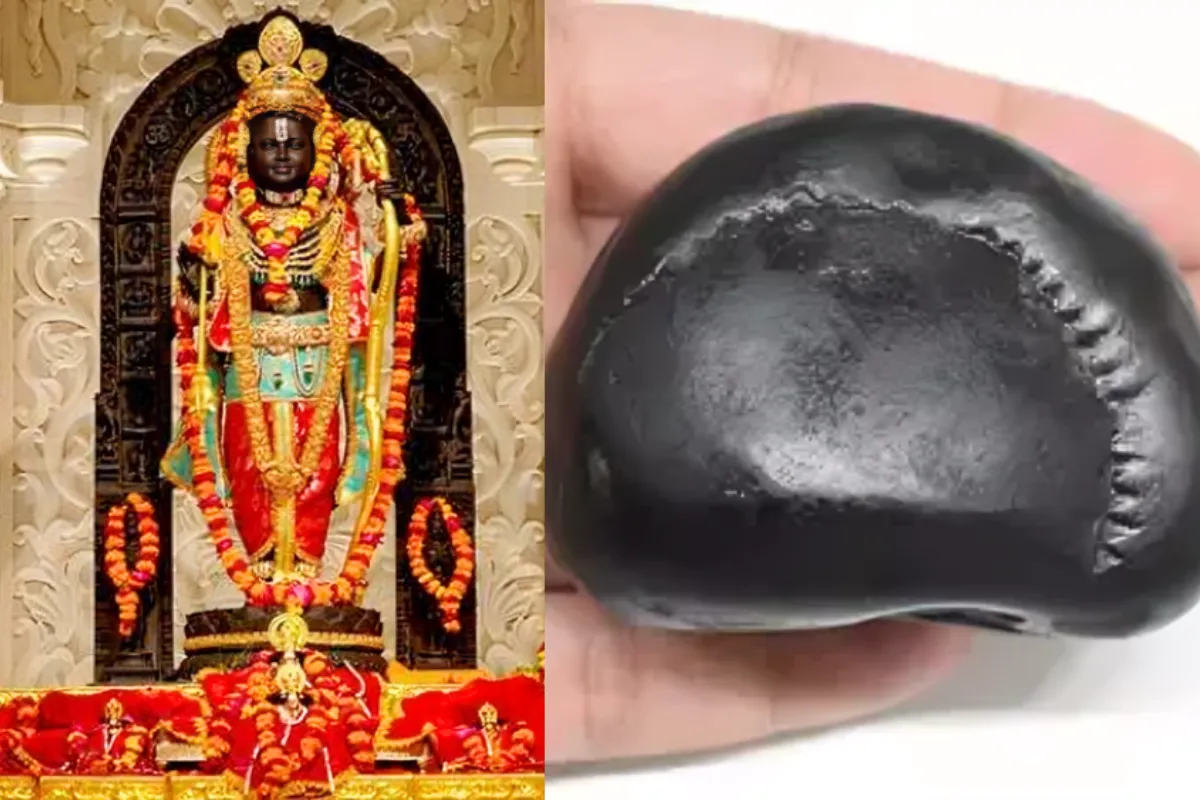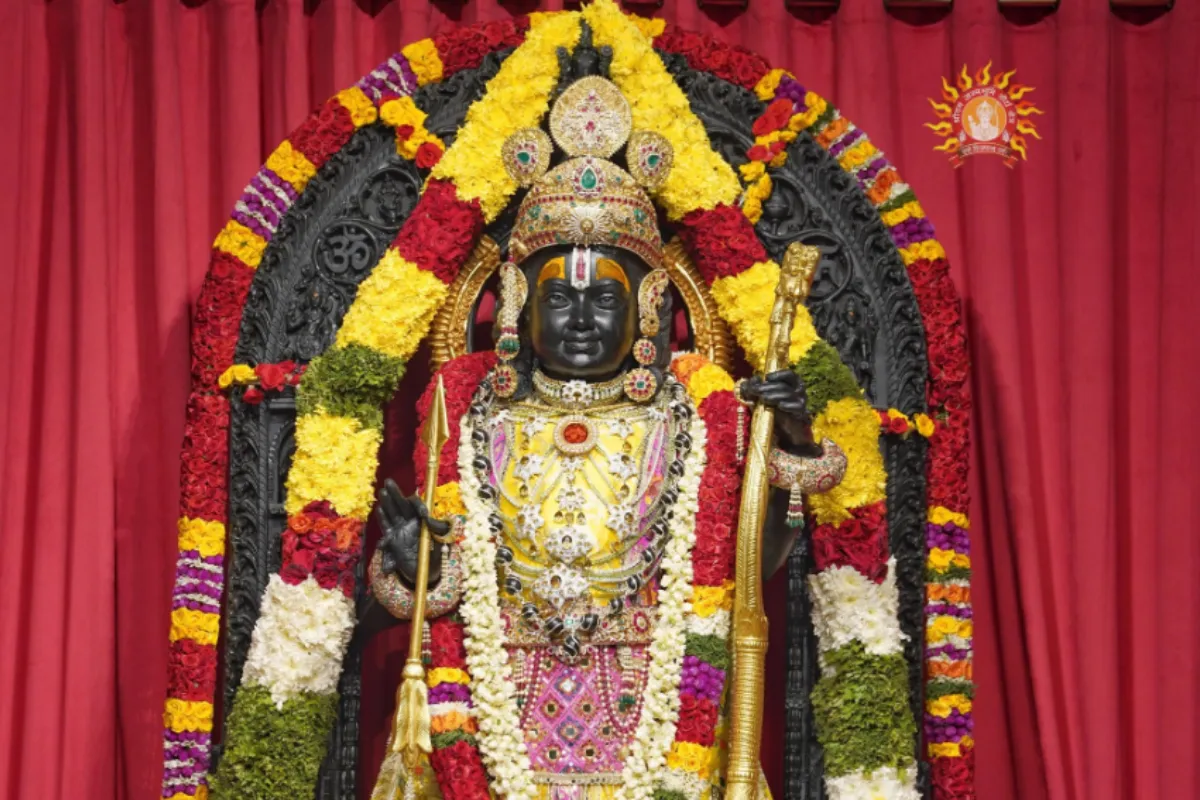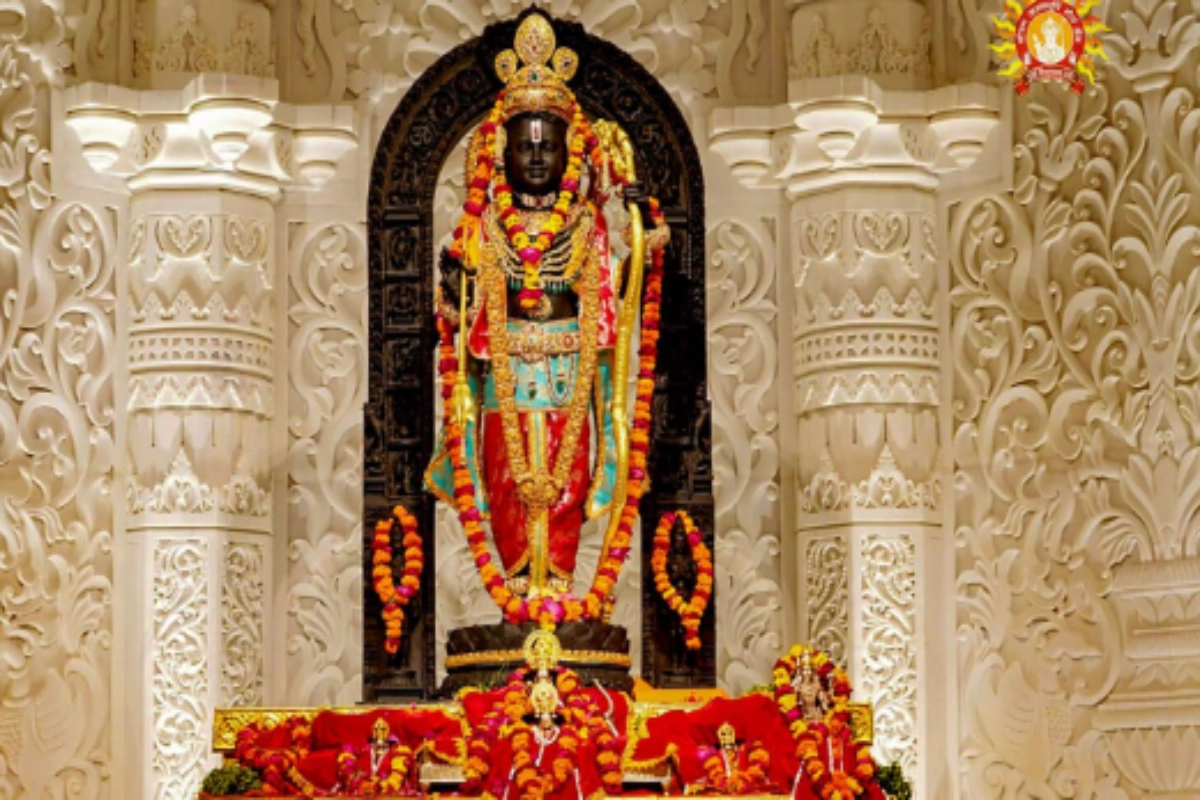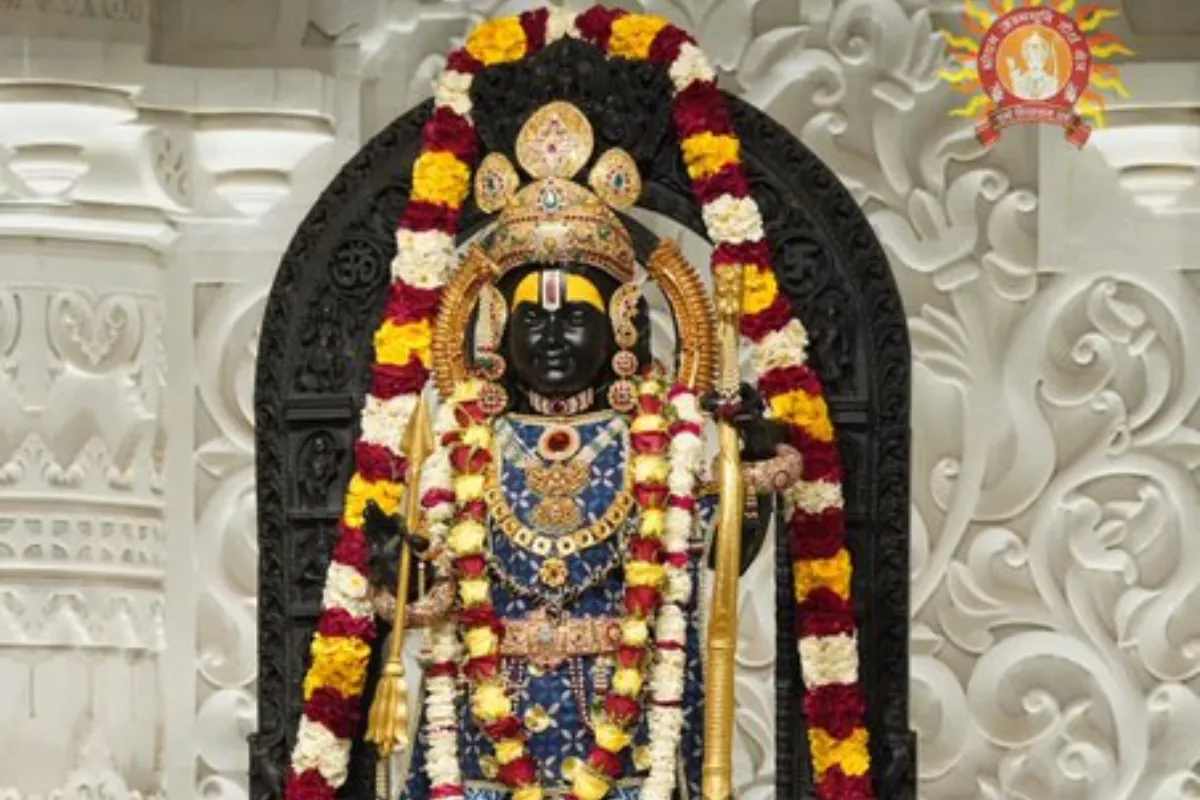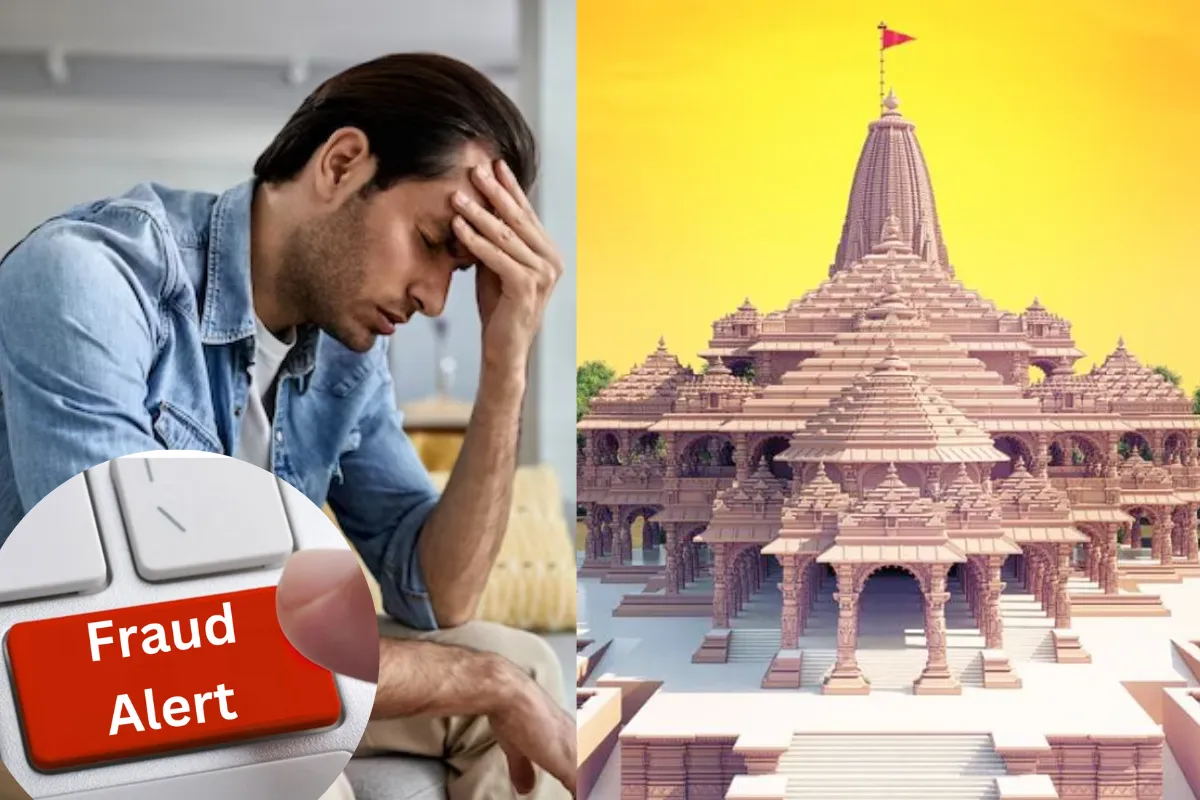The Ram Lalla idol, centerpiece of the Ayodhya Ram Temple, embodies divine craftsmanship and spiritual reverence. At its core lies the significance of Mysore’s revered ‘Krishna Shila’ stone, deeply intertwined with Karnataka’s cultural heritage.
The Essence of Krishna Shila
Mysore, celebrated for its artistic heritage, boasts abundant deposits of Krishna Shila stone. With a distinct black hue reminiscent of Lord Krishna, this stone holds profound cultural and religious significance. Composed of calcite, it offers artisans exceptional malleability and intricate carving potential.
Crafting the Divine Representation
Renowned sculptor Arun Yogiraj, hailing from Bujjegoudanapura village in HD Kote taluk of Mysuru district, Karnataka, plays a pivotal role in shaping the Ram Lalla idol. Standing at 51 inches tall, the idol captures the deity as a five-year-old boy, adorned with a gentle smile. Arun Yogiraj, adept in the craft of sculpting, meticulously carves the Krishna Shila stone, infusing it with spiritual essence and reverence.
Symbolism and Legacy
The selection of Krishna Shila for the Ram Lalla idol carries profound symbolism. Beyond enhancing visual aesthetics, it symbolizes the sacred connection between Lord Ram and Lord Krishna. This ancient stone, steeped in tradition and symbolism, enriches the cultural narrative surrounding the Ayodhya Ram Temple.
Preserving Tradition and Heritage
Through the use of Krishna Shila, Arun Yogiraj upholds the tradition of craftsmanship and cultural heritage. His work ensures the perpetuation of a legacy marked by devotion and artistic excellence. Thus, the Ayodhya Ram Temple stands as a testament to spiritual significance, echoing through generations.
Keep watching our YouTube Channel ‘DNP INDIA’. Also, please subscribe and follow us on FACEBOOK, INSTAGRAM, and TWITTER.


